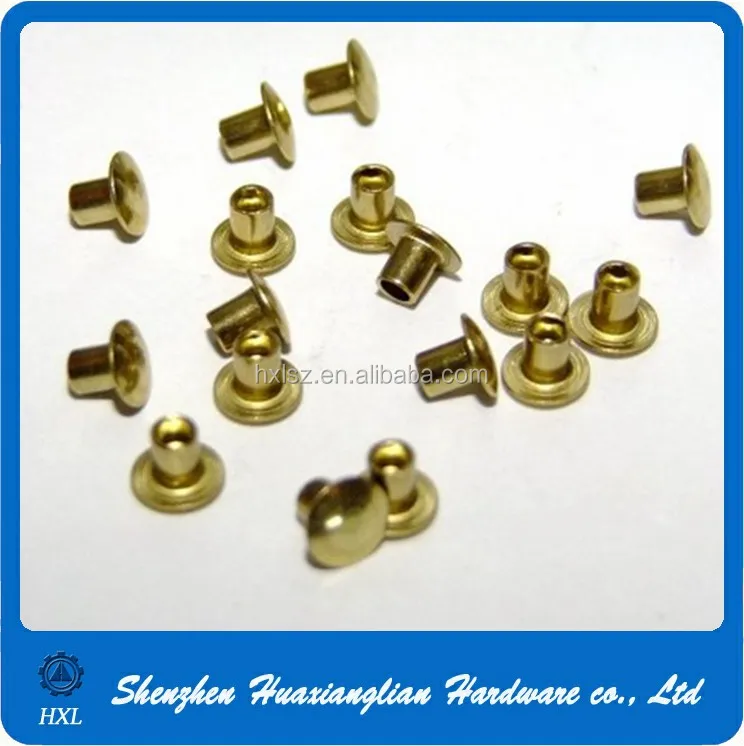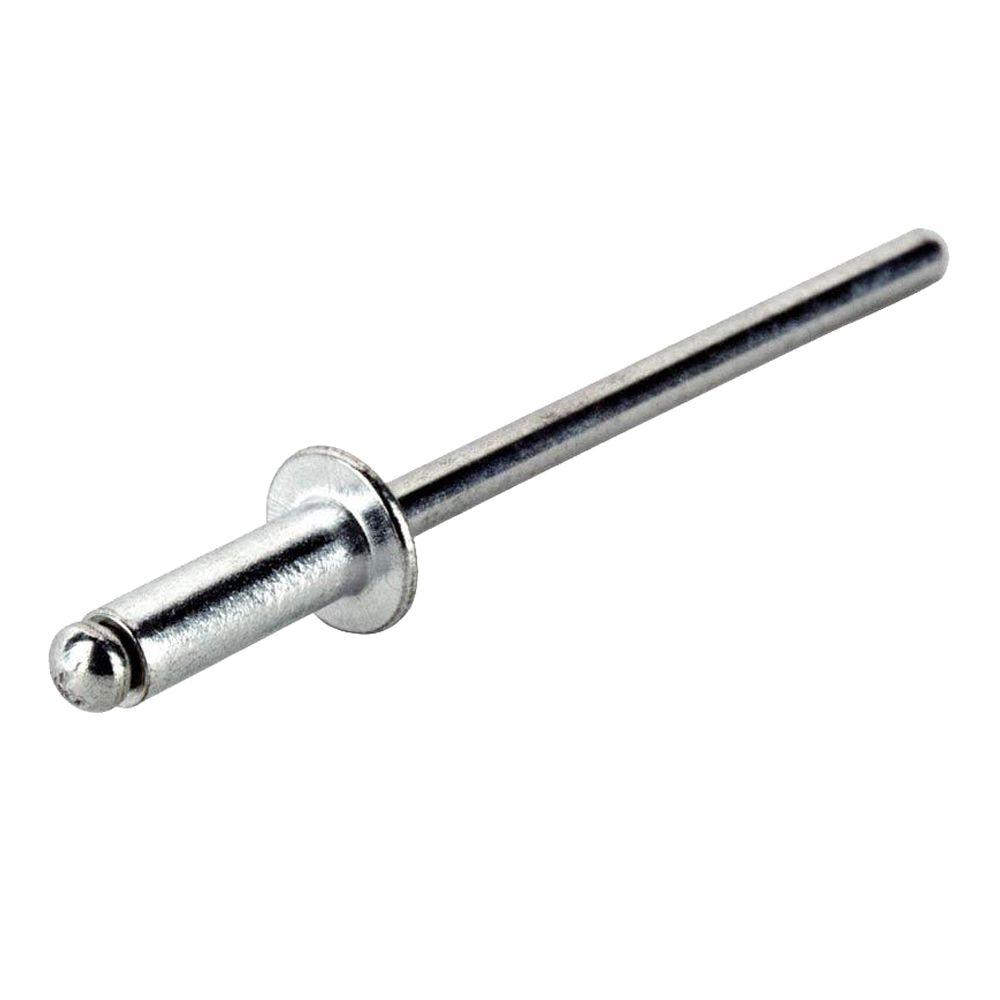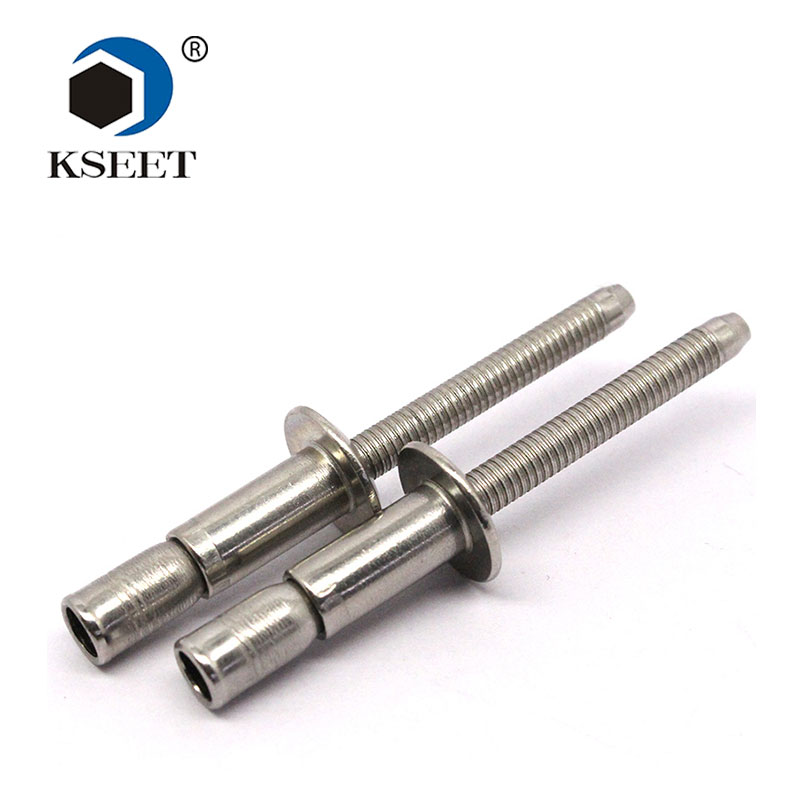

These rivets are incredibly common in many areas of manufacturing where structural joints are required. This counterbore will accept the raised crown on the nosetip.Ģ.There is no counterbore and a suitable flat nosetip will work So how do you tell the difference between MagnaLok® and Monobolt®? These two look very similar but with some close examination, they can be differentiated.ġ.The end of the Monobolt mandrel is flaredĢ.On the head of the Monobolt® body there is a distinct counterbore. It’s then susceptible to problems such as the mandrel pulling all the way through which results in the fastener losing its strength and not providing a proper seal.Ĥ.Visible lock for quick and easy inspectionĥ.Compensates for irregular, oversized or misaligned holes
#MONOBOLT VS RIVET TYPES INSTALL#
Without this specific nose tip, Monobolt® may not install correctly. Other benefits of the Magnalok® are that it can be installed with conventional tools, it is incredibly fast to install and it is vibration and moisture resistant.Īvdel® Monobolt® rivets on the other hand, DO require a specific nosetip to install and internally lock the mandrel. This unique design eliminates error and this of course saves time because proper installation can be checked and verified with a simple and quick visual inspection. No special nose piece is required here because the locking mechanism is ingeniously engineered into the fastener.
#MONOBOLT VS RIVET TYPES PRO#
Huck® Magnalok® style rivets keep things simple requiring a tool with sufficient pulling force such as the FAR® RAC171, GESIPA® Taurus 3, Gesipa® Powerbird Pro battery rivet gun or Huck® LH224 with a flat face nose tip to successfully install the rivet. Both have very wide grip ranges and both create a high strength joint which should also prevent any moisture ingress. But there are important differences between the two.īoth MagnaLok® vs Monobolt® are well known brand names, however these styles of rivet are also available from various manufactures including Gesipa®, FAR®, Huck®, POP® Ornit® and Avdel®.īoth rivets come in a variety of material including steel, stainless steel and aluminium. MagnaLok® and Monobolt® are two very common styles of rivets, and they are sometimes confused with each other. One prevalent misconception often occurs between MagnaLok® and Monobolt®. With so many rivets on the market, it is easy to develop some misconceptions about the rivets available. We've covered deck hardware upgrades in different reports (search mounting deck hardware and backing plate in our online archives), including mast hardware requires various abilities.At RivetLab, we aim to educate our distributers and customers, for one simple reason – to make sure you have the right tools for the right job. Or you perhaps you want to add mast actions, or a cheek block for external reefing. Possibly a piece of hardware has broken off, or the fasteners look suspect. A few of these tools also bring advanced screens and sure-fire sensing units and controls to ensure proper fascinating and placement.Įvery sailor ultimately feels the pull to add hardware to their spars. Multiheaded semi and fully automatic workstations can install up to 268 breakstems at the same time. Hydropneumatic hand tools are most frequently used to set up blind rivets.

#MONOBOLT VS RIVET TYPES PORTABLE#
They are portable and let specialists quickly set up rivets of various sizes and types. Portable tools set up fasteners with lower break loads, typically 1,000 lb or less. Stainless steel breakstems offer the very best deterioration protection in environments such as swimming pool ladders and city buses exposed to salt.Īll include a pulling head that grips the mandrel during rivet-body growth - Adept Fasteners.

When joining different products, engineers define protective coatings and sleeves to prevent rust or when rivets do not share the exact same physical and mechanical residential or commercial properties as the moms and dad products. They are utilized for a much better surface appearance or to minimize wind drag, such as in assembling aircraft. Countersunk heads, after setup, are flush with the material. Large flange designs have heads four to five times the size of rivet-body diameter to increase the bearing surface.

Protruding heads (likewise called dome or button heads) are the most typical and simplest.


 0 kommentar(er)
0 kommentar(er)
